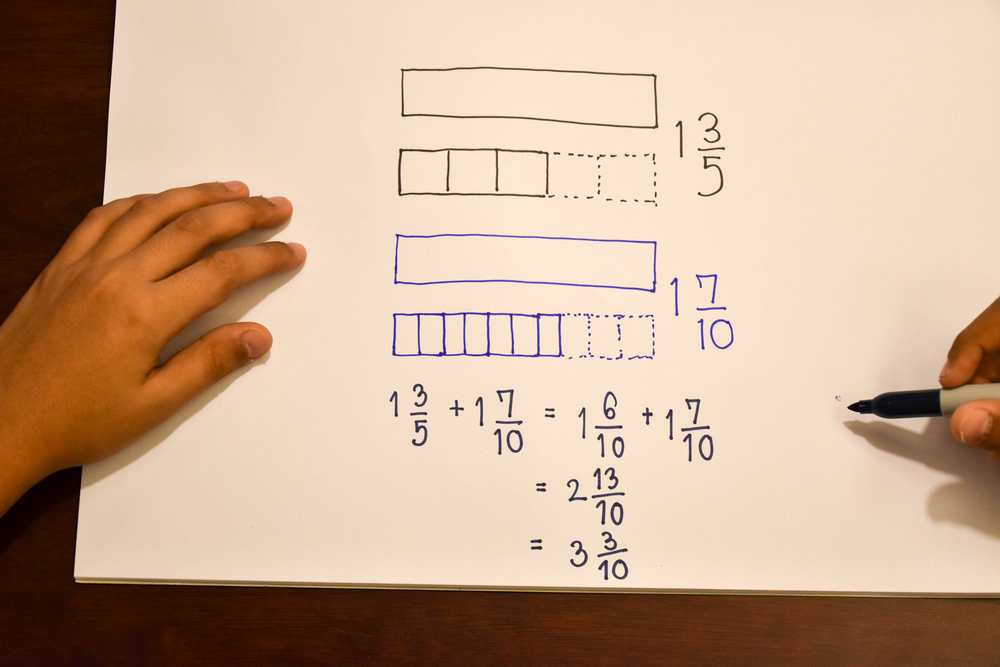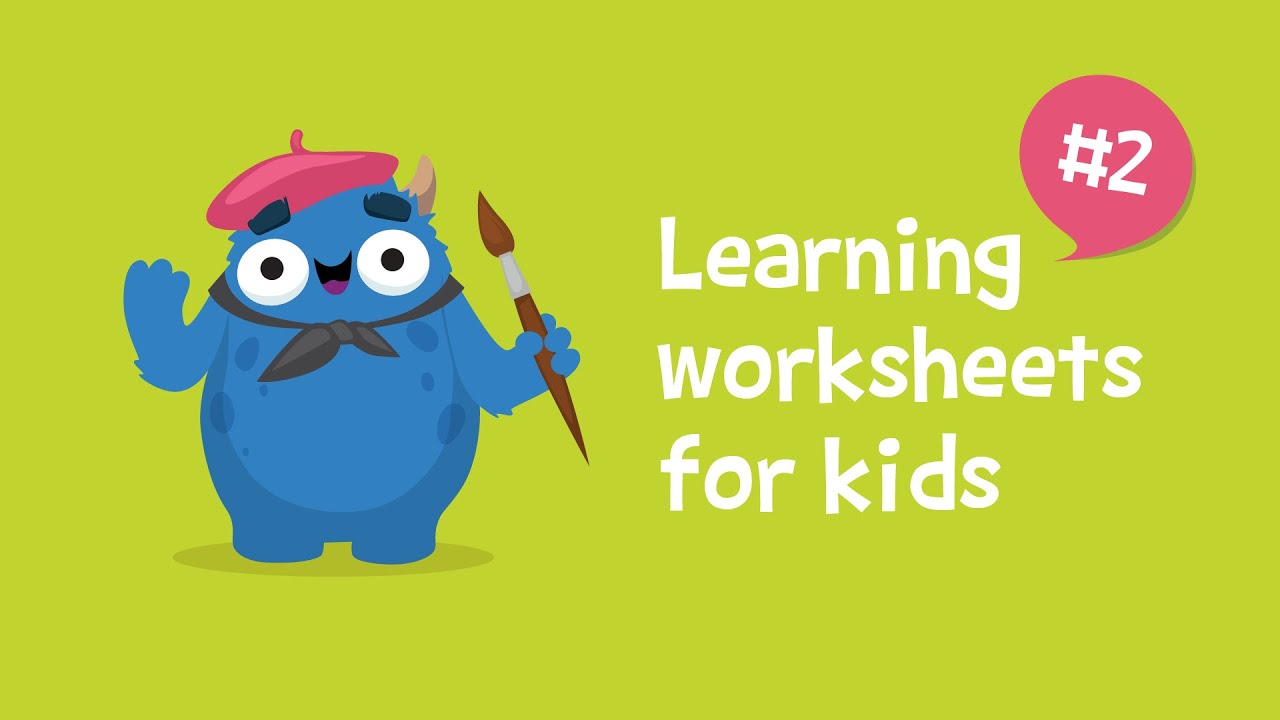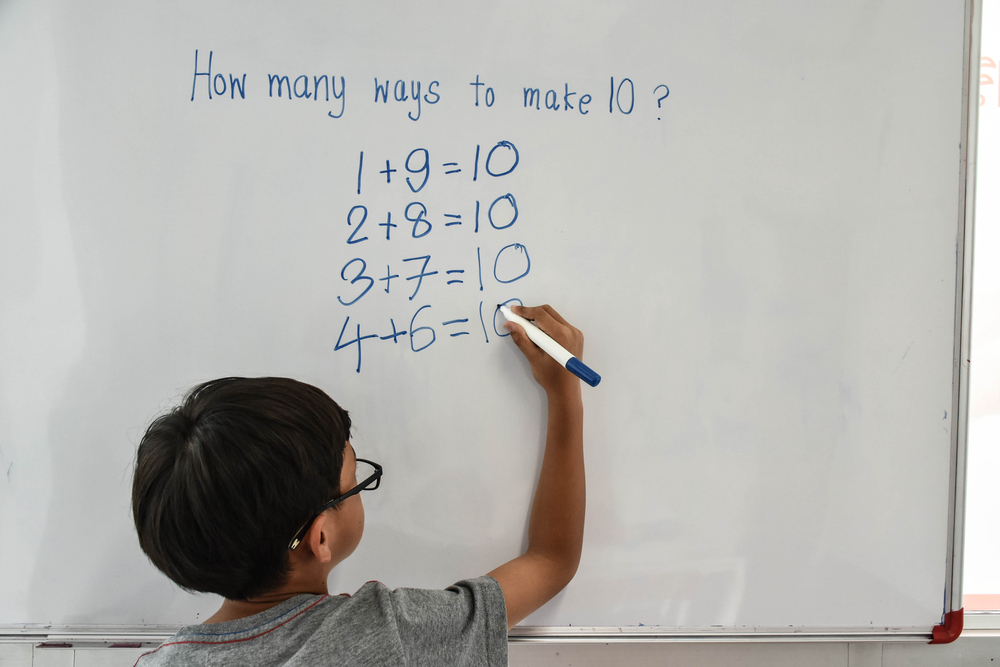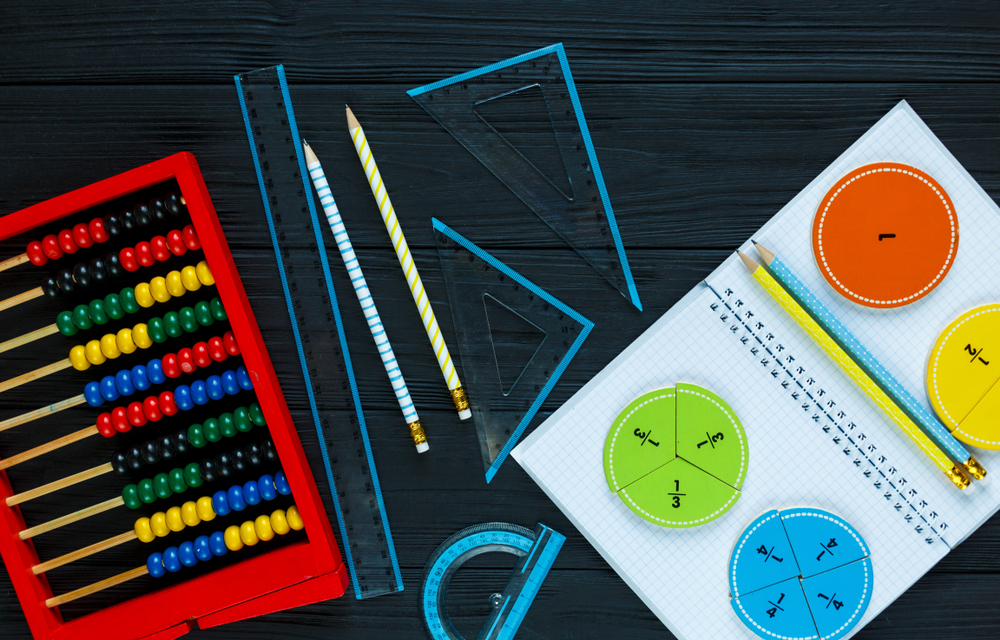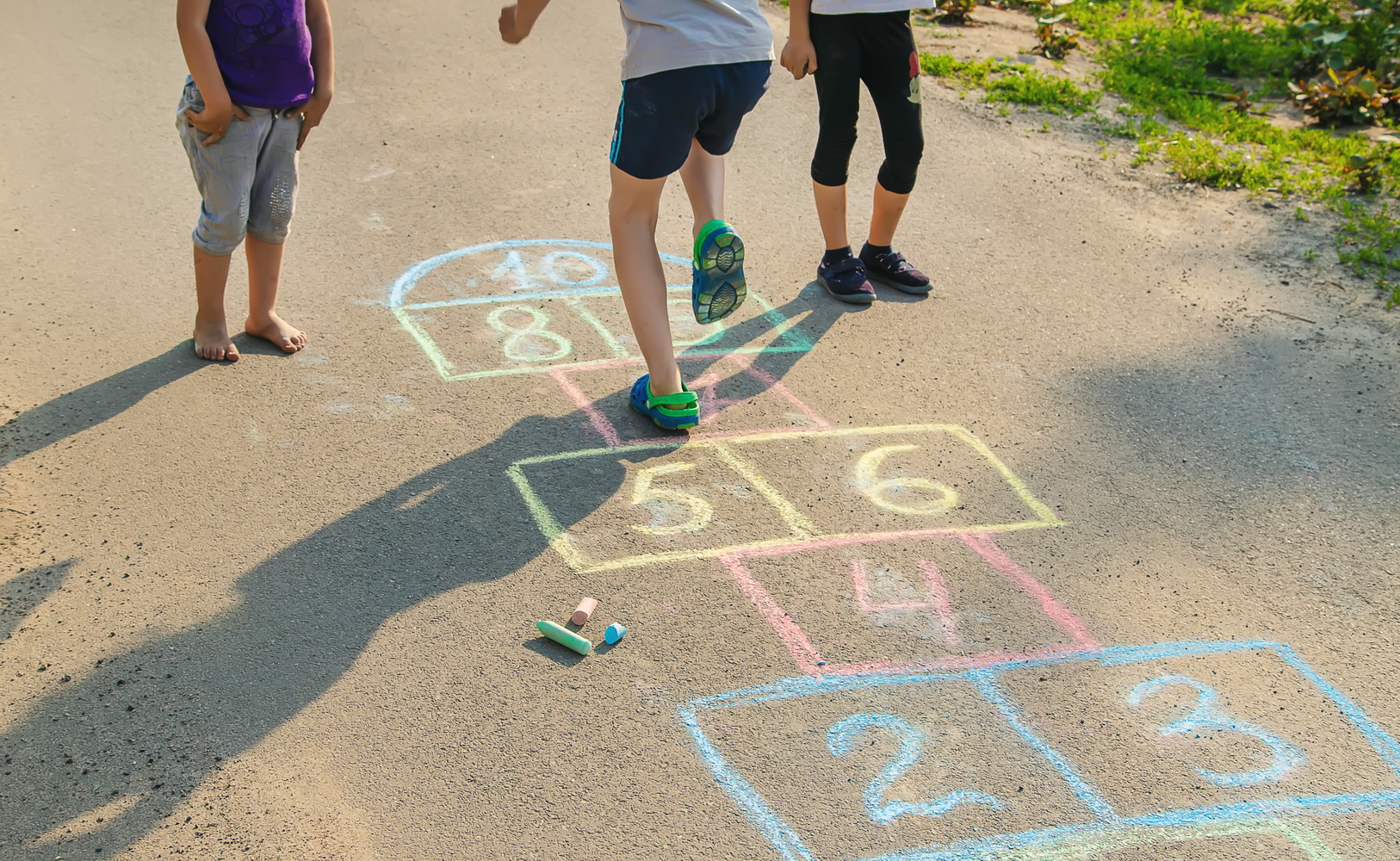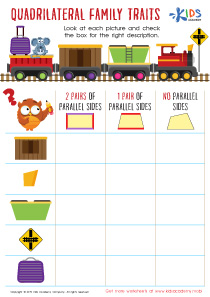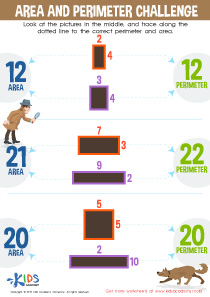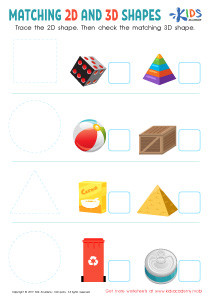Fine Motor Skills Fractions of Shapes Worksheets for Ages 6-8
7 filtered results
-
From - To
Enhance your child's fine motor skills while exploring the world of fractions with our engaging "Fine Motor Skills Fractions of Shapes Worksheets" designed for ages 6-8. These interactive worksheets combine creative activities that promote hand-eye coordination and dexterity with essential math concepts, helping young learners recognize and manipulate shapes as they understand fractions. Perfect for teachers and parents, the worksheets feature vibrant visuals and fun tasks that keep kids engaged while developing their writing and cutting skills. Strengthen your child's math foundation and fine motor abilities simultaneously—download our worksheets today and watch them thrive in both skills!
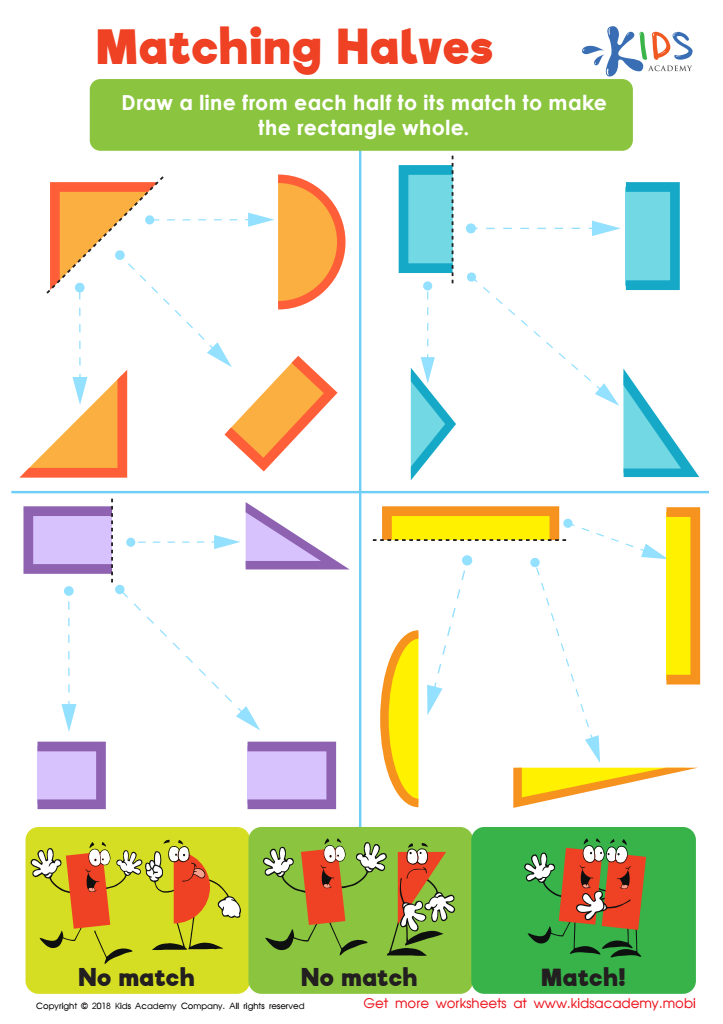

Matching Halves Worksheet
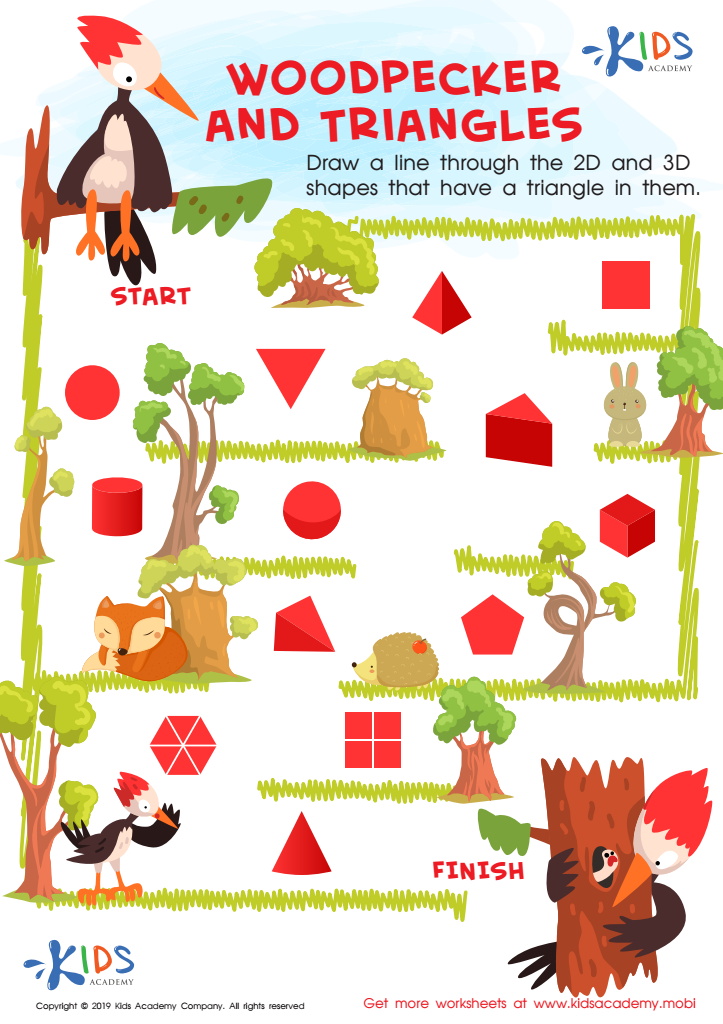

Woodpecker and Triangles Worksheet
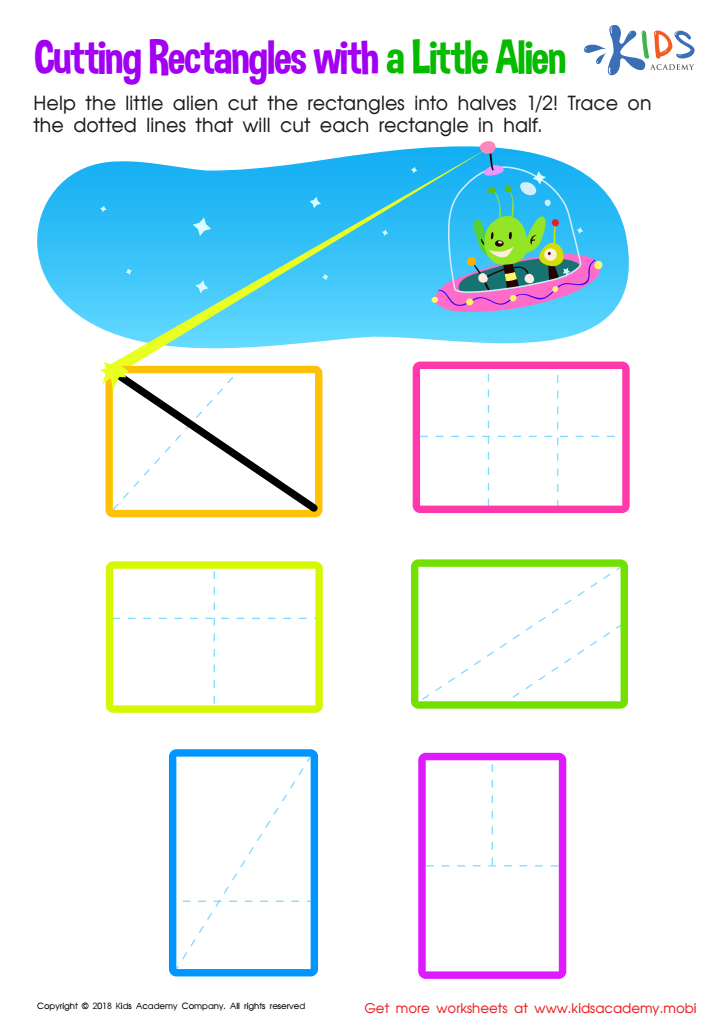

Cutting Rectangles with Alien Worksheet
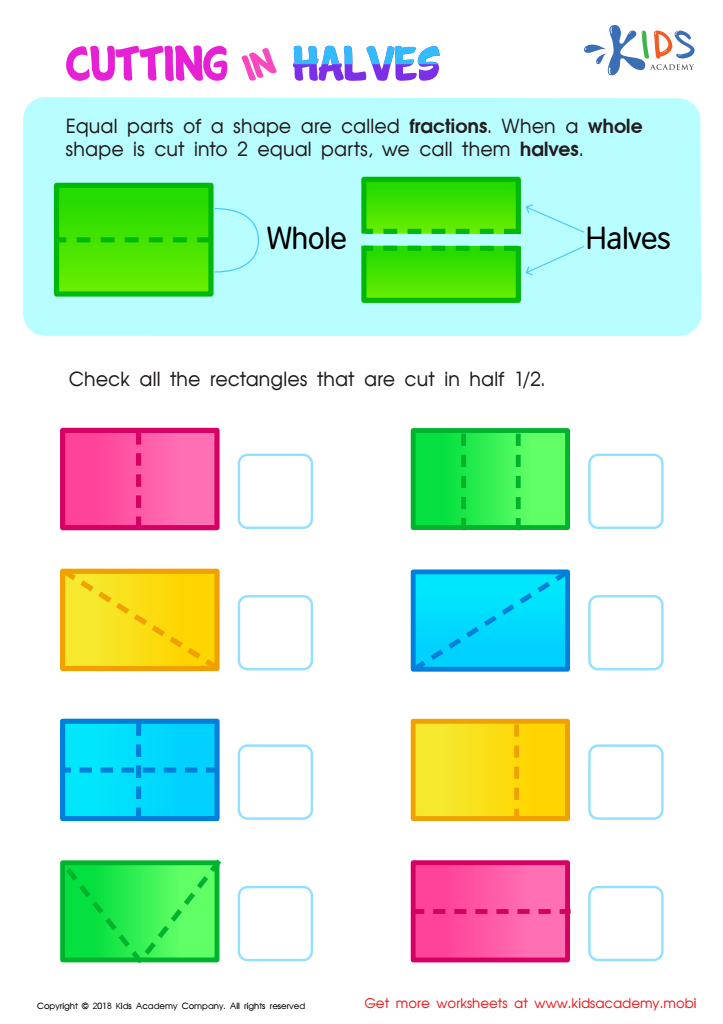

Cutting in Halves Worksheet
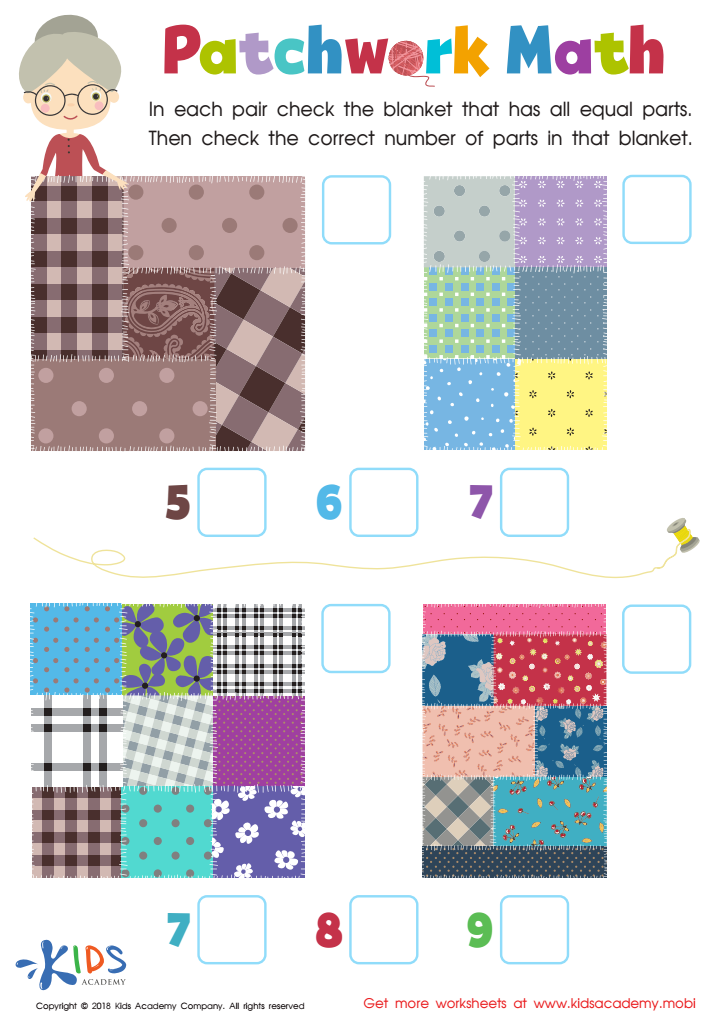

Patchwork Math Worksheet
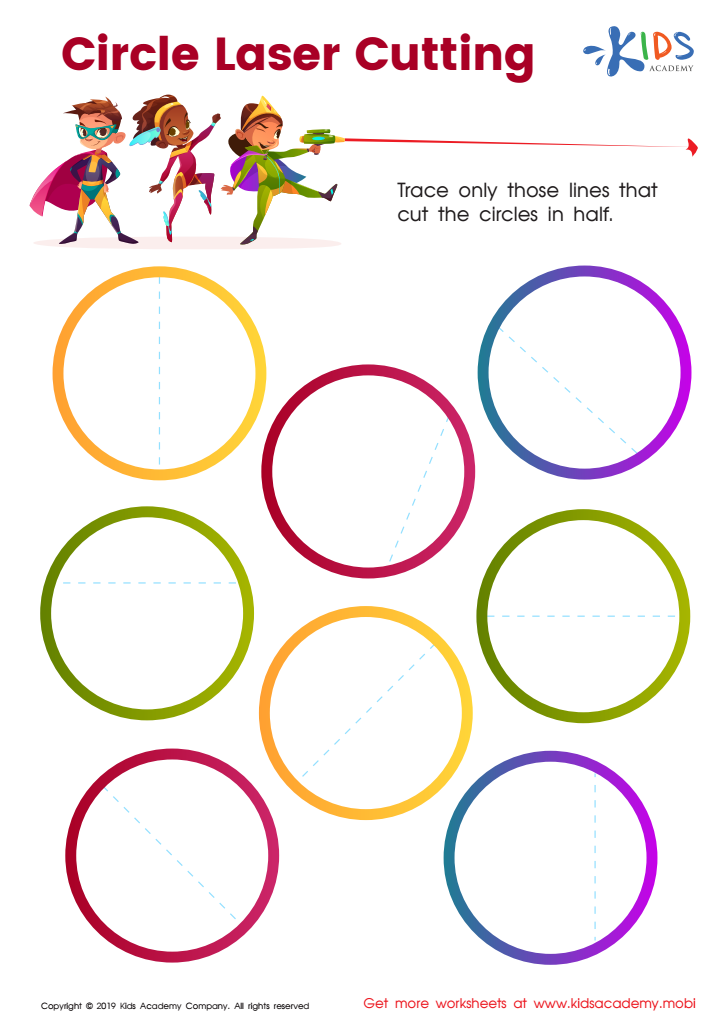

Circle Laser Cutting Worksheet
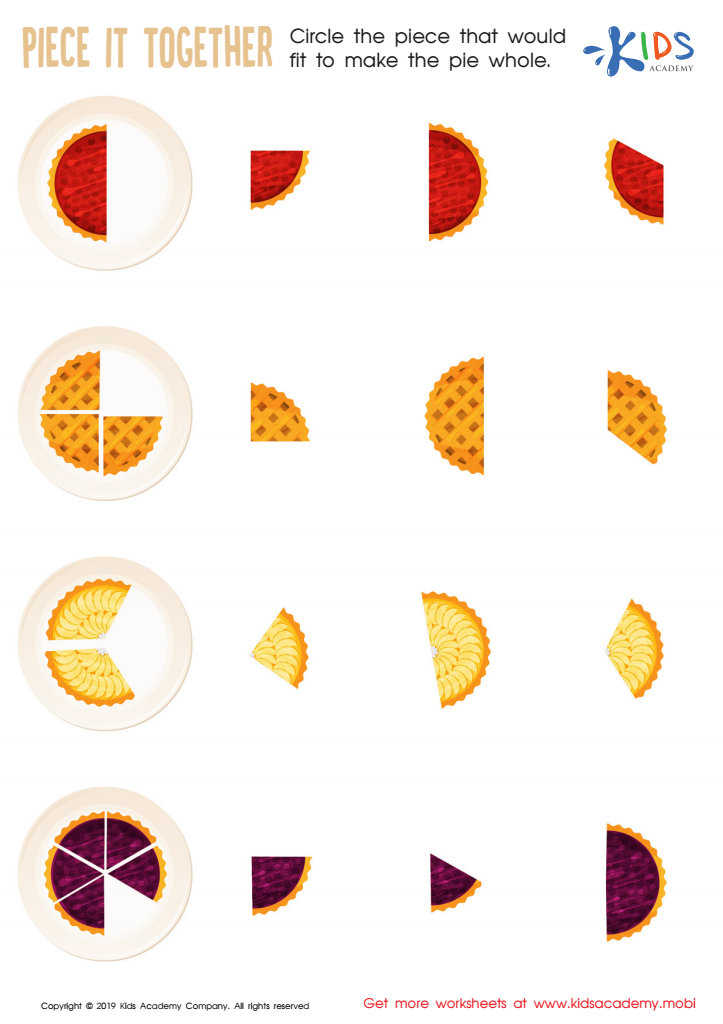

Piece it together Worksheet
Fine motor skills are essential for children aged 6-8 as they significantly influence their ability to manipulate tools and perform day-to-day tasks effectively. Within this developmental stage, the understanding of fractions of shapes is crucial because it intertwines with both cognitive and motor skill growth. Engaging in activities that involve cutting, folding, and constructing shapes helps enhance dexterity and coordination, which are vital for writing, drawing, and other critical tasks.
Moreover, mastering fractions of shapes contributes to a child's mathematical understanding. Being able to perceive and manipulate parts of shapes fosters an intuitive grasp of numerical concepts, paving the way for more advanced mathematical learning. Through hands-on experiences, children can visualize mathematical concepts, making learning more tangible and enjoyable.
Furthermore, developing fine motor skills during this period can boost a child's confidence in the classroom. When children feel capable of both physical and intellectual challenges, they are better equipped to engage and express themselves. Thus, parents and teachers play a pivotal role in nurturing these skills, as they are foundational not just for academic success but also for fostering a sense of competence and independence in children. By prioritizing fine motor skills and fractions, we are setting them up for lifelong learning and growth.
 Assign to My Students
Assign to My Students




